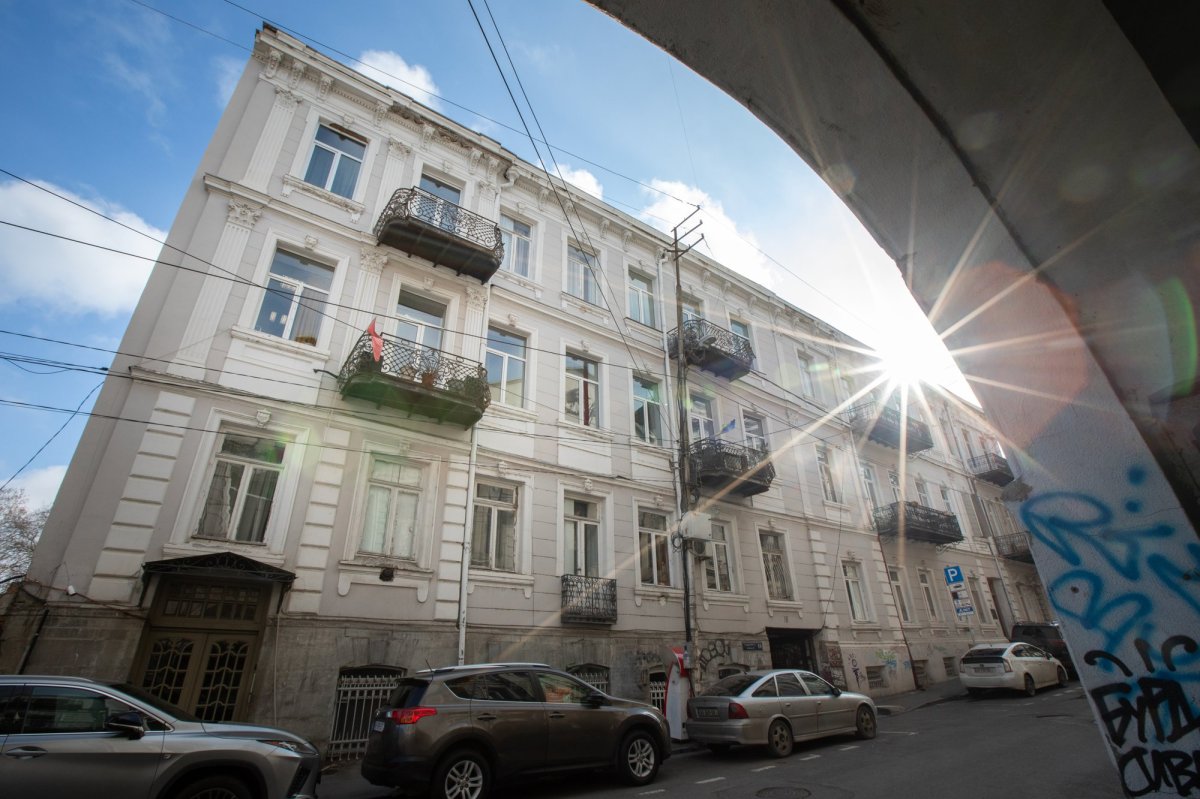
Information in details
The building located at 20, G. Tabidze St. dates back to the beginning of the 1860s; the author of the project drawn up in 1859 was the famous German architect, Otto Simonson, who lived and worked in Tbilisi from the end of the 19th century until 1909. His name is connected to a number of important religious, residential and public buildings in Georgia. He gave this house and family relics belonging to his ancestors, on the basis of which the museum was founded to Georgia. Currently, the museum preserves paintings of the 18th-19th centuries (F. Winterhalter, I. Aivazovsky, F. Kruger, etc.), sculpture, lithography, works of applied art, European and Russian furniture of the early 18th-19th-20th centuries, household and personal items, a unique library, rich photo and documentary material. Since the 1990s, the "Centre of Cultural Relations - Caucasian House" has also been housed in the building. The structurally well-maintained two-story building is included in the row development of the street perimeter and is one of the typical samples of the Tbilisi house. Moderately decorated, fairly plain, and restrained, the main facade is created by a combination of classicist architectural elements. The rusted wall of the first floor of the building is replaced by a row of sandrics windows on the second floor, painted in a darker tone, between which are placed pilasters decorated with Corinthian capitals. The symmetry of the facade composition is emphasized by the balcony with a transparent metal railing placed in the center. With its modest scale and plain appearance, the building is an organic and harmonious part of the historical development characteristic of the second half of the 19th century.


 თბილისი, c. Tabidze Street N20
თბილისი, c. Tabidze Street N20
 41.6908322, 44.8011232
41.6908322, 44.8011232






